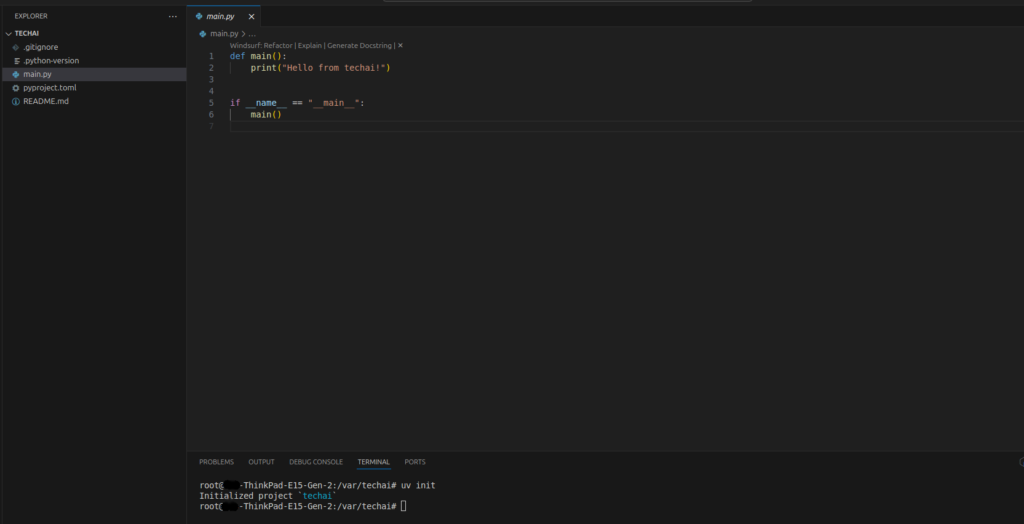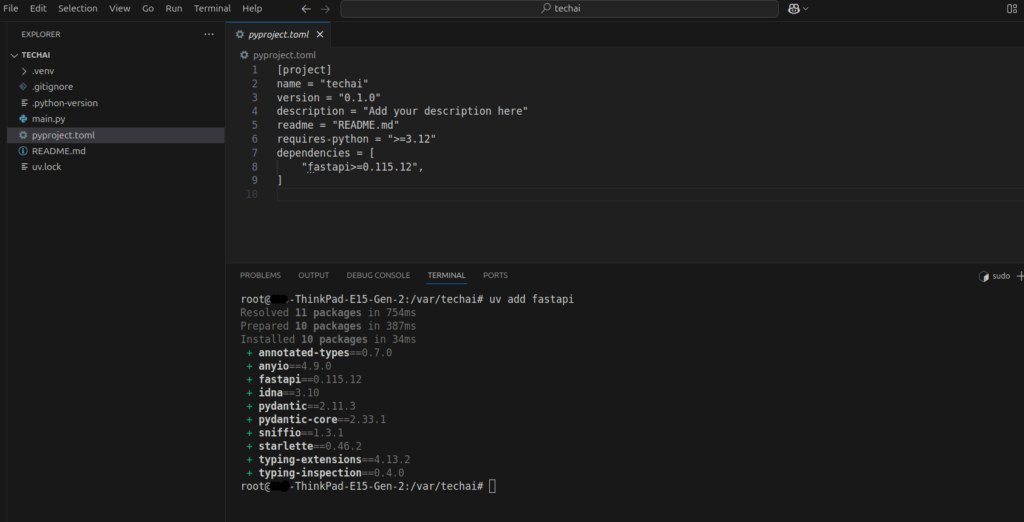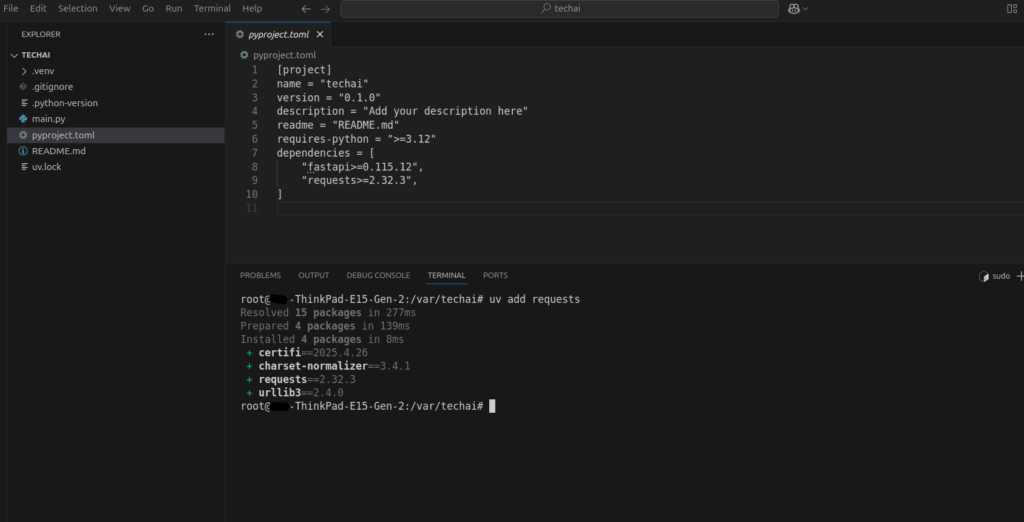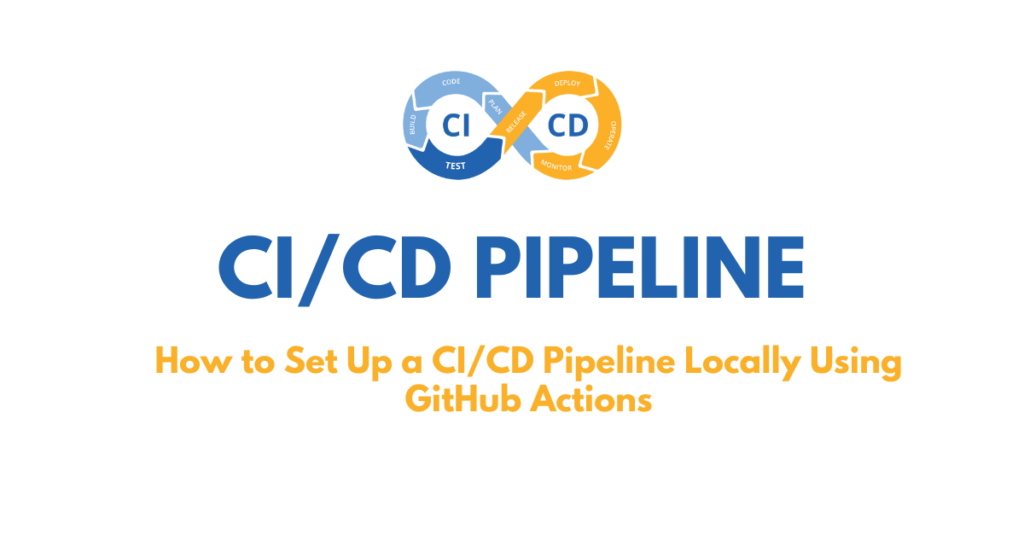What is uv?
uv is a modern, faster alternative to traditional Python tooling. It combines the speed of Rust with the simplicity of pip, offering lightning-fast installs and automatic virtual environment management. For developers familiar with tools like npm or pnpm, switching to uv feels natural — it’s a smart upgrade for better performance and productivity.
If you have been coding in Python for a while — whether it’s for learning, data structures, data science, web development, or AI — you probably follow the usual way of managing projects:
- Create a virtual environment (
venv) - Install packages
- Create a
requirements.txtfile - Share it with others for easy setup
But what if I tell you that now there’s a much better way to do this?
Why Do We Even Need Something Like UV?
Whenever we work on a Python project, there are usually two main types of work:
- Writing simple scripts (like small programs, or Jupyter notebooks)
- Building full projects (like a web app or a data science project)
In both cases, we always create a virtual environment.
This ensures that the libraries we use in a project are isolated and don’t mess up our global Python installation.
To manage these libraries, we usually create a requirements.txt file — a list of all packages used — so that others (or even we, later) can easily set up the environment again.
But honestly, this whole process feels a bit old-school now, right?
Comparison with Pip
You know pip, right? That’s great. It’s like pip, but it drink espresso, lift weights, and run like a cheetah. 😄
uv is a super-fast and modern Python package manager, like pip, but way faster and better at handling dependencies. It’s written in Rust (which makes it blazing fast), and it aims to do everything pip, pip-tools, and virtualenv do — but in one tool.
- No need to manually create virtual environments
- No need to manually track
requirements.txt - Everything is managed automatically
- Your project setup becomes faster and simpler!
Why should I care?
Here’s what uv can do:
- Install packages much faster than pip
- Resolve dependencies cleanly (no version conflicts)
- Automatically create virtual environments
- No need for
requirements.txt+pip+venvjuggling - Works out-of-the-box with simple commands
Install uv
Before using uv, you need to install it:
curl -Ls https://astral.sh/uv/install.sh | sh
Then add it to your PATH (or just restart your terminal).

How to use uv (Simple Guide)
Here’s a step-by-step guide like you’re teaching your little cousin:
1. Create a new Python project
mkdir techai cd techai
2. Initialize UV in your project:
uv init
This will automatically set up your project environment, just like npm init does for JavaScript projects.

3: Install any package you need.
- Suppose you need
fastapito call weather APIs.
Just run:
uv add fastapi
✅ UV will install the fastapi package and update your project environment automatically!

2. if you need requests to call weather APIs.
Just run:
uv add requests
✅ UV will install the requests package and update your project environment automatically!

You don’t even need to manually create a virtual environment. UV does it behind the scenes.
Why switch to uv?
- It’s 10x faster
- No more managing multiple tools (
pip,pip-tools,virtualenv) - Native support for modern Python workflows
- Solves version conflict issues with better dependency resolver
Conclusion
uv is redefining what developers expect from a Python package manager. With its fast performance and simplified workflow, UV eliminates the need for virtualenvs while making Python package management more efficient than ever. Whether you’re a beginner or an experienced developer, UV offers a modern solution that helps you manage Python packages smarter, faster, and with fewer headaches. If you’re still relying on traditional tools like pip and virtualenv, now is the perfect time to explore UV.
For more insightful tutorials, visit our Tech Blogs and explore the latest in Laravel, AI, and Vue.js development!


